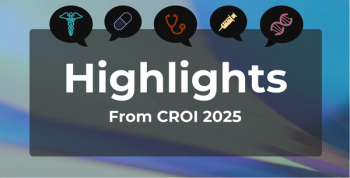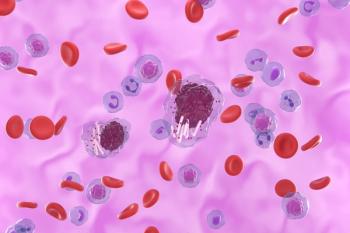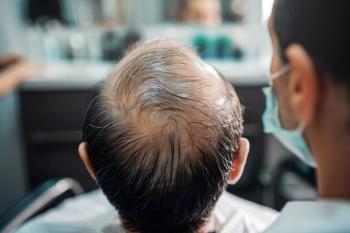
Elimination of Specialists for National Suicide Hotline Removes Important Resource for LGBTQ+ Youth: A Q&A With Hannah Wesolowski
The elimination of the program addressing LGBTQ+ individuals on the national suicide hotline makes reaching specialized help harder, says Hannah Wesolowski of the National Alliance on Mental Illness.
The Trump administration announced on June 18 that it would be
The Trump administration has announced that it is ending the LGBTQ+ suicide prevention service. What are the potential short-term and long-term effects of this action?
Our country already faces a devastatingly high suicide rate, with record suicide deaths of nearly 50,000 last year. Tragically, LGBTQ+ youth are more than
Longer term, my fear is that LGBTQ+ young people will not see 988 as a resource for them. Witnessing a resource that was deemed as important taken away will reduce confidence and trust in 988 as a safe space.
The Trevor Project has announced that they will be keeping their hotline open for as long as possible. What are the limits to something this type of outreach as opposed to the national service?
The Trevor Project is a valued partner and has an amazing crisis line. However, the point of 988 was to have an easy-to-remember resource for everyone. Who can remember 10 digits of a phone line in a crisis? We have long envisioned that 988 be as ubiquitous for mental health emergencies as 911 is for other emergencies. That erodes when we start telling people "except in this situation or that situation." Bottom line, we want LGBTQ+ young people to get help when they need it—and we want them to get the best support. We should be making that easier for them to find, not harder.
There is a lot of work happening nationwide to build out an array of crisis services—not just someone to talk to (988 or other crisis lines), but also someone to respond and a safe place to be. We want any crisis line to be hooked into that continuum of care. If we rely on different networks, that makes it harder and harder to connect all the dots of services and support that might be available to help someone who is struggling with their mental health.
Is there anything that can be done on the state level to mitigate this decision, whether it be from outreach programs like The Trevor Project or from lawmakers?
As we look to the elimination of the specialized services for LGBTQ+ young people, NAMI is encouraging advocates to reach out to members of Congress to act. Congress appropriates funds—and tells the administration what they are for. We hope Congress will step in to reverse this devastating policy. It's important that advocates and any state and local leaders who are concerned with this change reach out to members of Congress and urge action. It's especially important that we hear stories of people who have been impacted by this resource and what it has meant for them. The facts—that this is an evidence-based resource that helps thousands every month—make us credible. The stories will make this issue memorable.
Suicide rates in LGBTQ+ individuals remain high in spite of this decision. What are the next steps in reaching out to individuals who identify as LGBTQ+ now that a national service like this has been ended?
It is important that we continue to emphasize to our LGBTQ+ kids and young people that they matter, that we see them, and that we support them as their authentic selves. It takes all of us to reinforce that message—not once but over and over again. We see you, and we are not giving up.
We also urge anyone who is struggling to reach out for help. 988 continues to have compassionate crisis counselors available at any time, and the "Press 3" option is available until July 17. Also, The Trevor Project is an excellent resource. Encourage anyone who is struggling that might benefit from their services to contact The Trevor Project’s trained crisis counselors 24/7 at 1-866-488-7386, via chat at
Newsletter
Stay ahead of policy, cost, and value—subscribe to AJMC for expert insights at the intersection of clinical care and health economics.









































